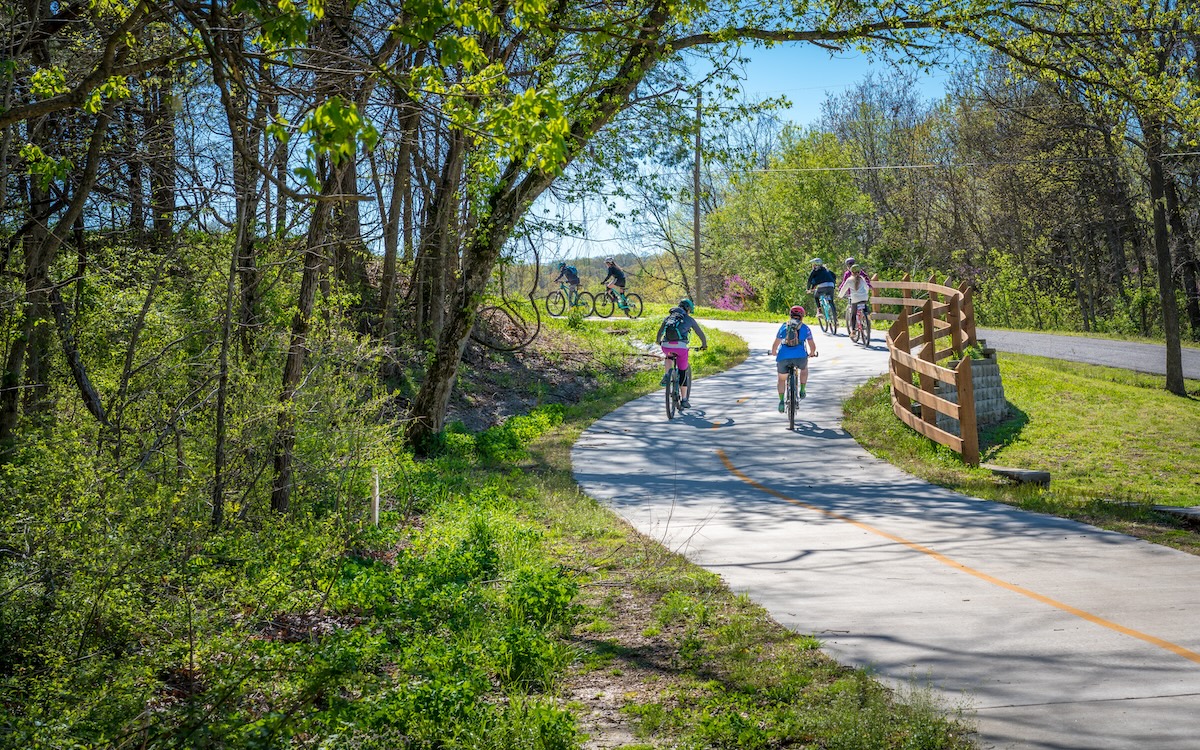In a piece on Go Erie, Patrick Starr describes how Pennsylvania’s network of trails serves both recreational and functional purposes, offering a safe and comfortable way for people to walk or bike around cities that may not always have other safe pedestrian infrastructure.
“Trails are beloved as a safe and comfortable place to move, to see, smell, and experience the out-of-doors; to interact with family and friends; and for commuting or commerce,” Starr writes, pointing out that trails can be more than a “nice-to-have” community amenity. “Trails relieve this unmet demand for walkability and bikeability. If properly planned, trails can provide access to schools, workplaces, stores, main streets and parks.”
However, federal transportation funding only directs 1 percent of available funds to “transportation related” initiatives. Pennsylvania, where bike and walking trails are “wildly popular” with residents, has tapped these funds to build new trails, which are explicitly eligible for Carbon Reduction Program funding. “Clear patterns of increased use on some trails show that literally millions of bicycle commuters are using the trails for work trips — music to the ears of local officials dealing with rush-hour congestion.”
Starr suggests that states and cities can take advantage of transportation funding by including trails in their long-range transportation plans as critical — not purely recreational — components of an effective transportation system.

